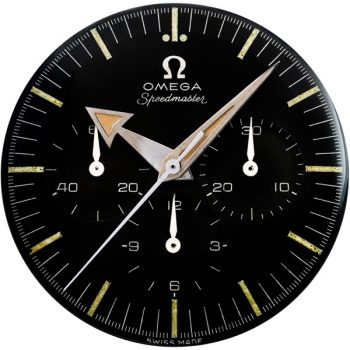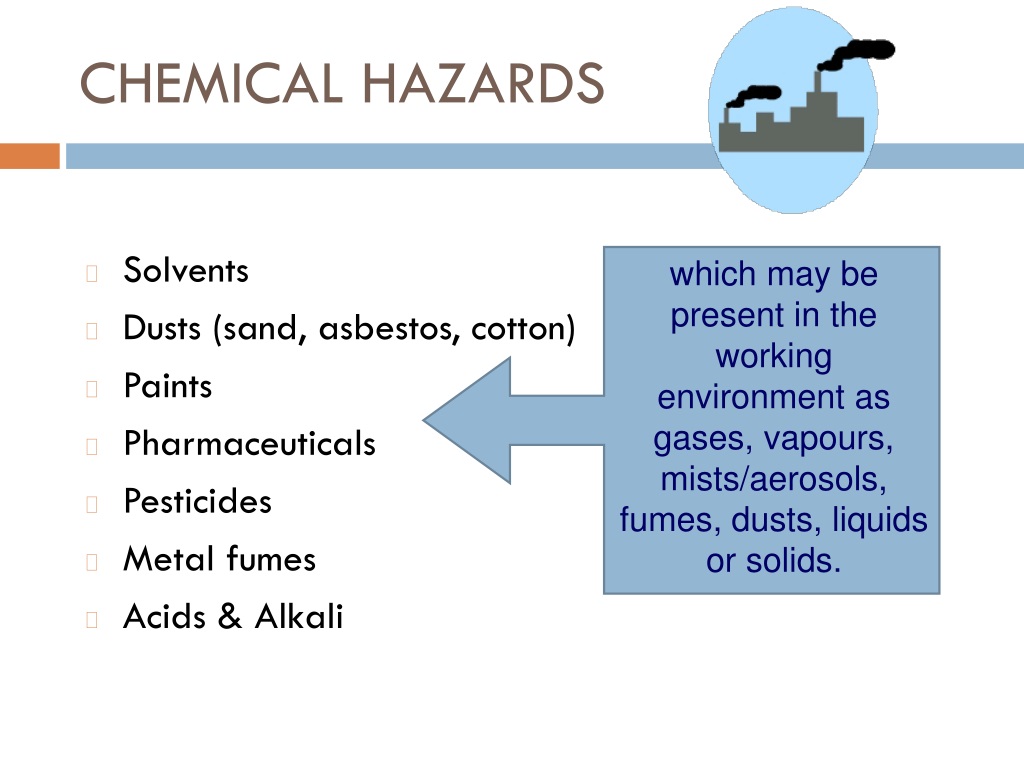

The color code for the M735 cartridge is a black body with white markings.

The cartridge case contains an electrically initiated primer. The sabot assembly consists of three 120-degree aluminum sections assembled to the sub-projectile. The sub-projectile is constructed of a nickel-steel body that houses a tungsten core with an aluminum windshield and fin assembly. The projectile section consists of a sub-projectile, a sabot assembly, and a cartridge case. It is a high-velocity, flat-trajectory cartridge designed for use against armored targets. Other than the primer and the propellant, this cartridge uses no explosives. Reader Steve Pierson reports as follows I have been researching the M-735: The M735 is an armor-piercing, fin-stabilized, discarding-sabot cartridge Not only that, I have learned that, while many such munitions are made with depleted uranium, a genuine version of this one actually wouldn't be made of depleted uranium either. (See below for some real depleted uranium, though not a munition.) It weighs about 8 pounds, which might sound like a lot, but if it were real, it would be about to two and a half times heavier. Unfortunately, I don't have one: This sample is only a practice round that contains no actual depleted uranium. But like land mines, DU is a real problem that the people who clean up the mess of war have to deal with.Ī depleted uranium munition is the ultimate sample for a periodic table collection, because of the great difficulty in getting one. It might be a more efficient use of ones efforts to worry about that than about the uranium dust that's left over.


On the other hand, the number of people killed by uranium poisoning is probably significantly smaller than the number killed by whatever difficulty was causing their country to get shot up in the first place. The net effect of the chemical toxicity and radioactivity are such that powdered uranium in and around a battlefield has the potential to cause serious long term medical problems for anyone who comes in contact with it, on both sides of the conflict. Would you want someone to dump hundreds of tons of mercury in the countryside around you? Probably not. But inside the body, they are the most dangerous.īesides the radioactivity, uranium is also a toxic heavy metal, sort of like mercury. Outside the body, alpha emitters are the least hazardous form of radioactive materials, and hence DU rounds, intact, pose little danger to, for example, the people shooting them. But if you inhale particles of such an alpha emitter, the radiation gets direct access to sensitive cells in the lungs and can do a great deal of damage.
Radium glass dangers skin#
The radiation from uranium is largely of a type that does not penetrate skin much past the outer layer of dead cells, and hence is not particularly harmful if it's outside of you. But they don't stay intact, they vaporize on impact, and this turns out to have a huge impact on their potential for harm. If they stayed intact there really wouldn't be much to worry about. There's a lot of controversy about the use of depleted uranium munitions, because people are afraid of the environmental effects on the countries that have been shot up with them. This is considered superior to, say, a tungsten round that might just go back out the other side. Williamson for this last bit of information.)įinally, uranium is pyrophoric, which means it reacts chemically with air on impact causing an explosion inside whatever it's managed to penetrate. Third, it exhibits planar fracturing, which means as it penetrates it sheers at acute angles, effectively self-sharpening while it passes through whatever it's going through. Second, it's very hard, which of course also helps its penetrating effectiveness. First, it's very, very dense, so at a given velocity it carries a lot of energy and hence penetrating force. The material is about 20% less radioactive than naturally occurring uranium.ĭepleted Uranium is used for several reasons. That's right, even though it is itself radioactive, it's so good at blocking other, more dangerous, forms of radiation that shipping containers for radio-pharmaceuticals are routinely made out of uranium.Īrmor piercing projectiles are generally made of depleted uranium, which is uranium metal from which some of the highly radioactive U-235 has been removed. The two main applications being bullets (because it's hard and twice as dense as lead), and radiation shielding. Surprisingly, even though there are no stable isotopes, it's also used as a metal for metal-like things. Uranium is the icon of the nuclear age, It's the basis of nuclear power reactors and nuclear bombs (including those made with plutonium, which must be made from uranium in nuclear reactors). My periodic table poster is now available! Facts, pictures, stories about the element Uranium in the Periodic Table


 0 kommentar(er)
0 kommentar(er)
